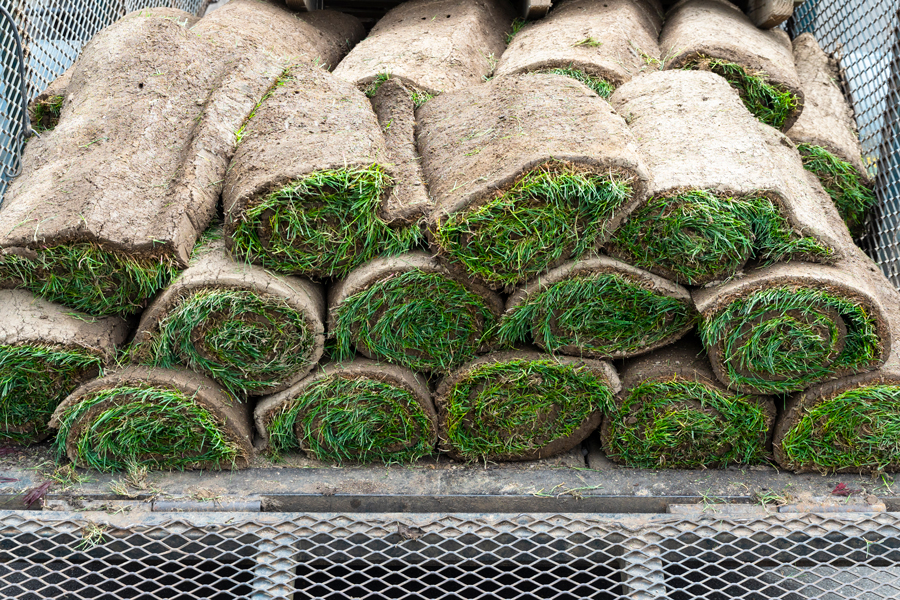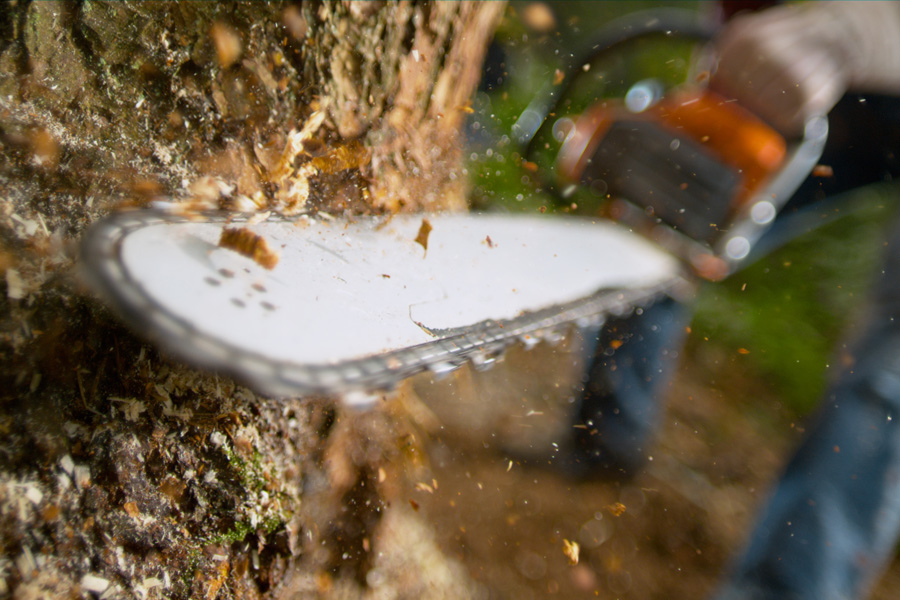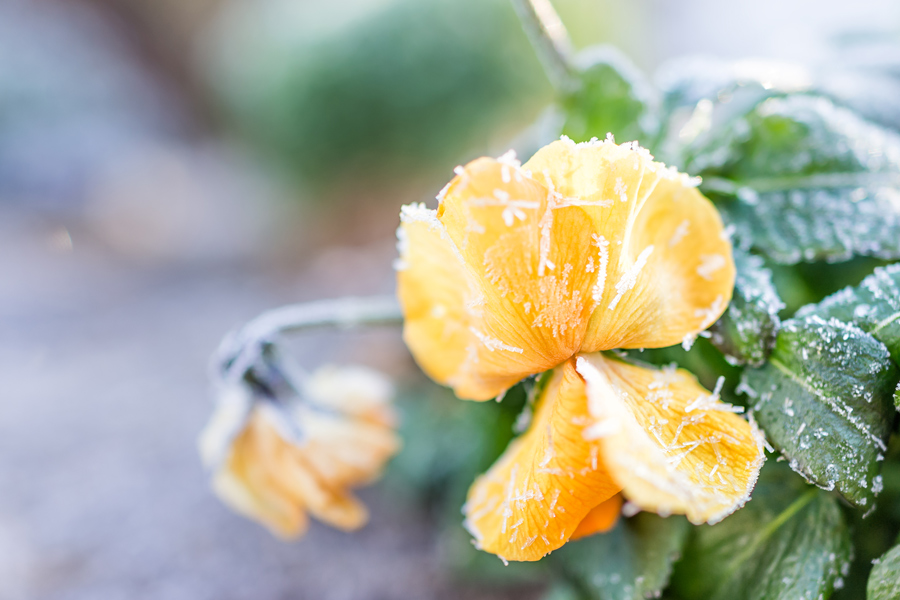Lawn and Garden
-

C 1232
Homegrown Carrots
Homegrown carrots have a unique freshness and juiciness to them and are much more flavorful than their store-purchased counterparts. This publication covers the basics of how to select and grow carrots in the Georgia garden, including planting, maintenance, problems, and variety selections.
Bob Westerfield
|
-

New ornamentals have long been considered the lifeblood of the green industry. This publication contains recommendations for best-performing new annuals based on research conducted at the Trial Gardens at the University of Georgia, showcasing the plants that were awarded Classic City Awards in 2020.
John M. Ruter, Bodie V. Pennisi, and Brandon C Coker
|
-

Successful lawn care requires a basic understanding of soil properties. A healthy plant starts with healthy soil. Soil is a complex relationship of soil minerals, organic matter, soil inhabiting organisms, and plants along with water and air. Understanding when and how to aerate the soil and understanding what pH is and how it affects plant health is essential for turfgrass health. This publication aims to help homeowners and landscape professionals improve soil fertility through the techniques discussed.
Clint Waltz and Becky Griffin
|
-

B 1533-2
Lawns in Georgia: Establishment
Turfgrass enhances the landscape in ways that can be particularly important in urban environments. Turf is one of the most effective plant covers to reduce soil erosion and surface runoff while recharging ground water, which results in more efficient use of rainfall. In most landscapes turf occupies the largest area and provides an ideal surface for outdoor activities. It begins with selecting the best adapted species and cultivar for an individual site— right plant, right place. Once the proper species and cultivar have been selected, getting the site properly prepared for growing grass and getting it established is critical in creating a sustainable lawn.
Clint Waltz
|
-

While most of us are familiar with common poisonous plants that cause dermatitis (skin irritations) such as poison ivy or poison oak, we fail to recognize common ornamental plants in the landscape that may cause internal poisoning when ingested. Although most adults would not intentionally eat the leaves or fruit of ornamental plants in the landscape, young children or pets sometimes do. This resource provides readers with information on some of the common landscape plants known to have poisonous properties when ingested. You may be surprised to learn just how many of our common plants, such as azaleas, hydrangeas, boxwood, and English ivy, are known to have poisonous properties.
Bob Westerfield
|
-

Use estos cinco pasos para el corte de un árbol de forma segura de principio a fin. Este plan funciona para arboristas profesionales y los que no lo son. Cortar árboles con una motosierra es peligroso. La combinación de herramientas eléctricas y la caída de madera crea peligros. La aplicación del Plan de Corte de Cinco Pasos ayuda a identificar y mitigar el peligro en el corte de árboles de principio a fin.
Alfredo Martinez, Ellen M. Bauske, Heather Kolich, and Rolando Orellana
|
-

This resource helps Georgia residents select the best-adapted grass species and cultivar for an individual site to ensure a thriving lawn.
Clint Waltz
|
-

This circular is a compilation of pruning techniques for apple, pear, peach, blackberry, blueberry, grapes, and pomegranate. Included are tools for pruning, definitions and descriptions of terms used in pruning, and diagrams illustrating best pruning practices. This work has important and relevant information about pruning and plant care for the home orchardist.
Bob Westerfield, Dario Chavez, and Erick Smith
|
-

Cold damage to ornamental plants can be a problem during the winter in the Georgia landscape. Regardless of where you live, recommended practices can maximize the chances that your prized landscape plants will survive the winter.
Bob Westerfield
|